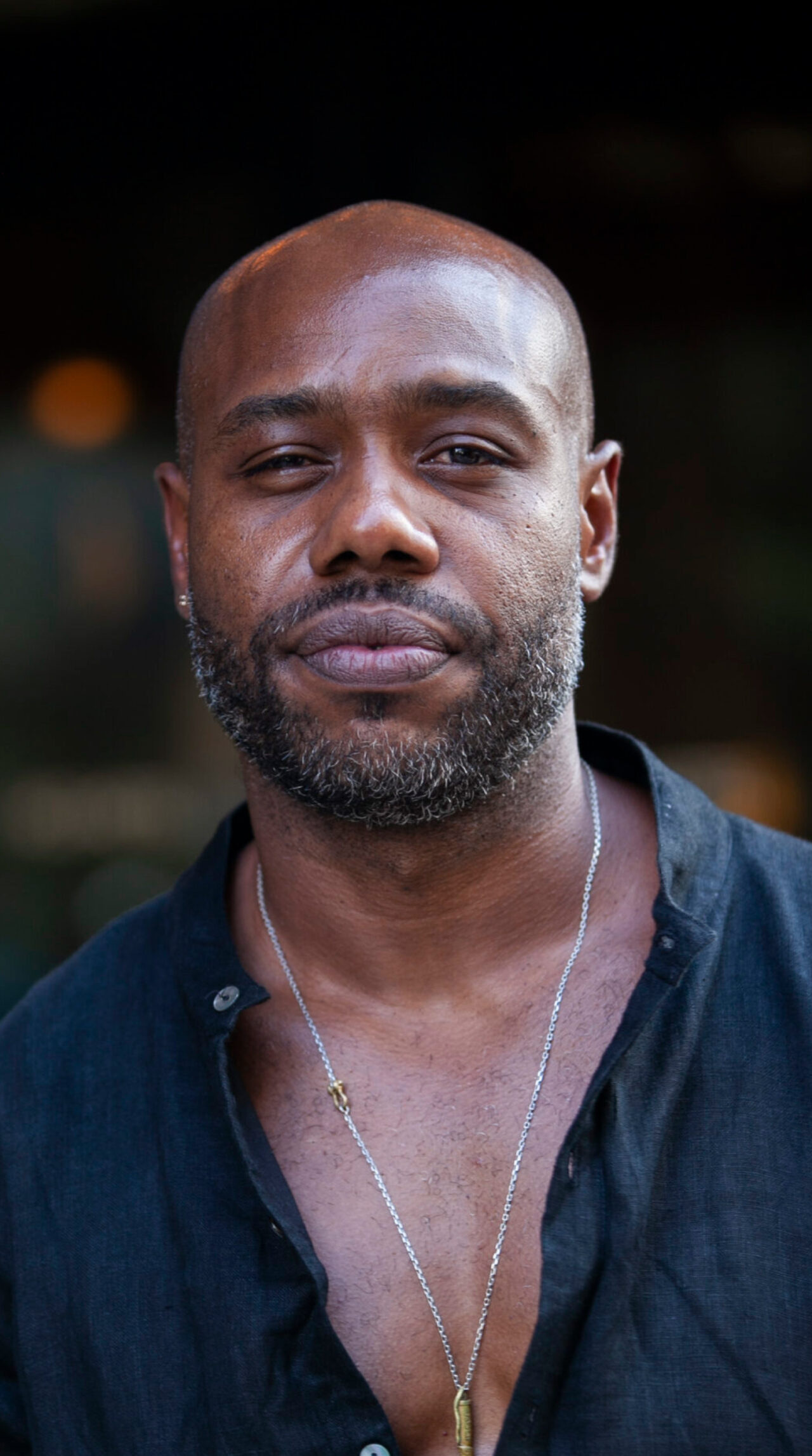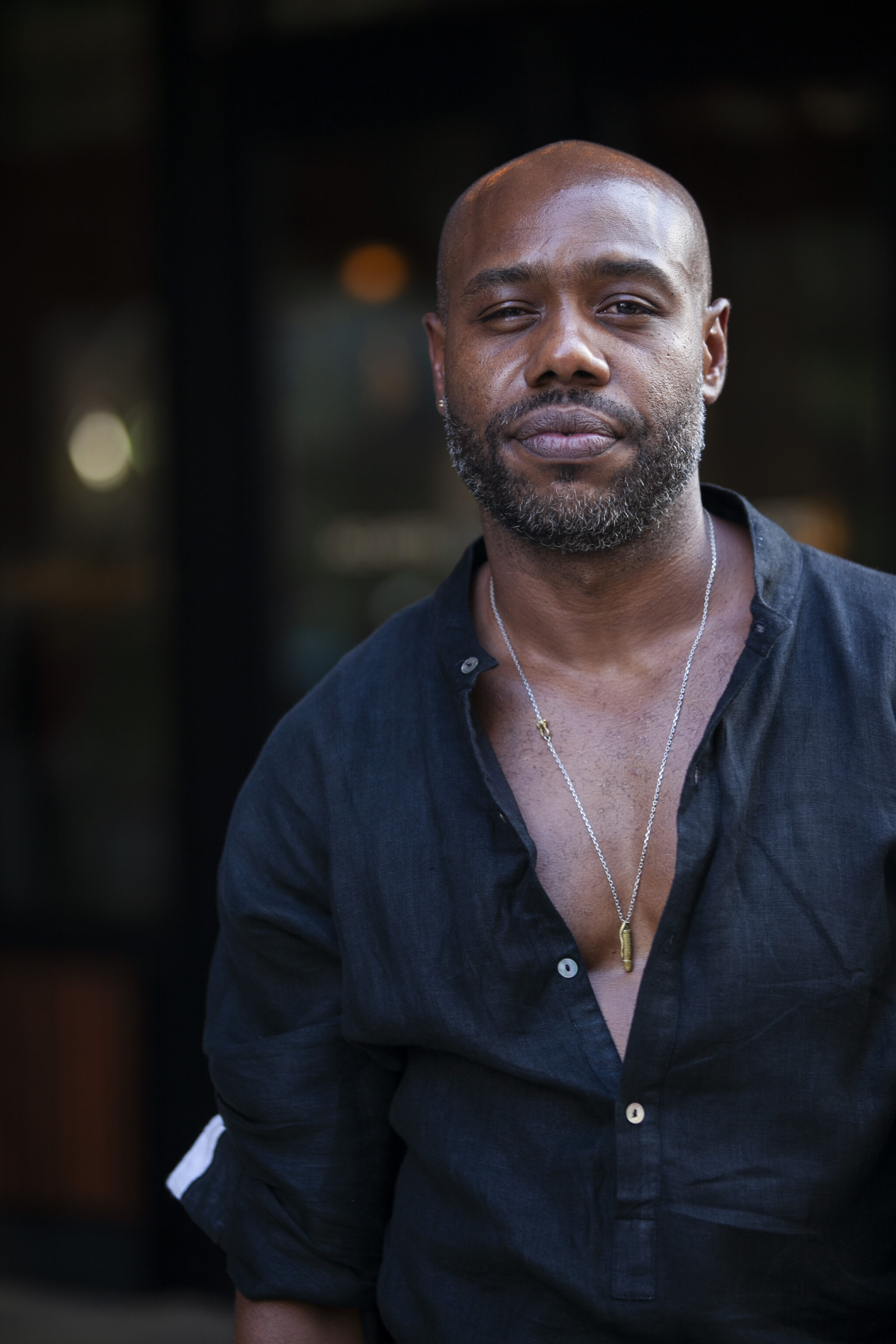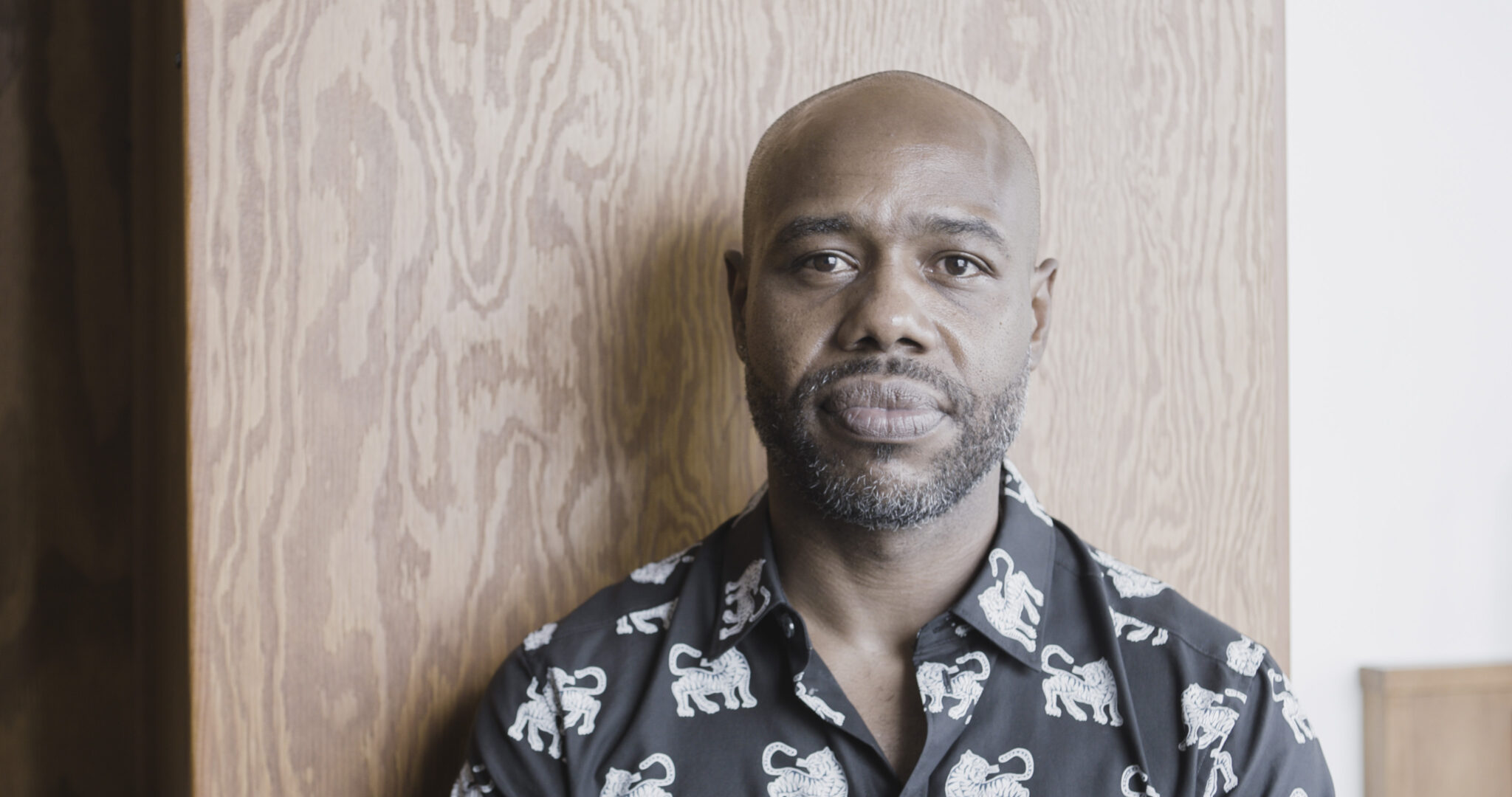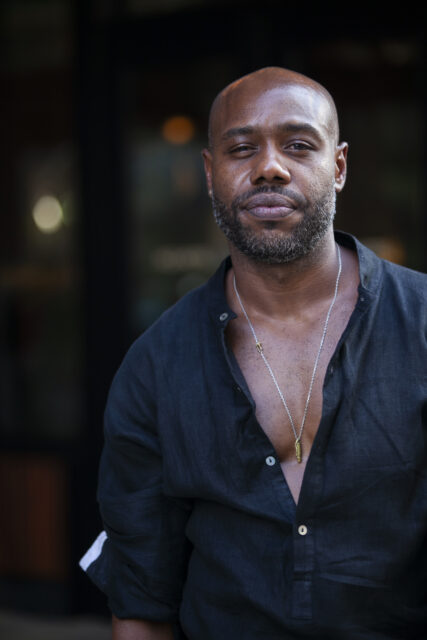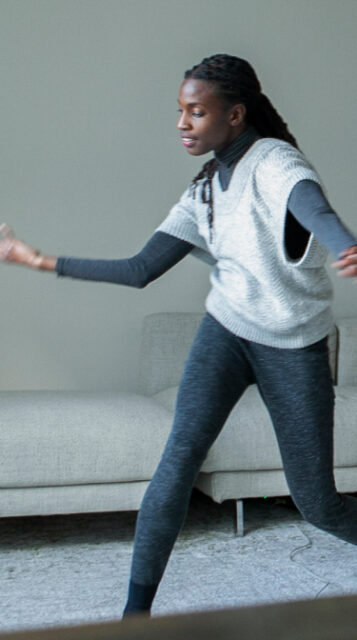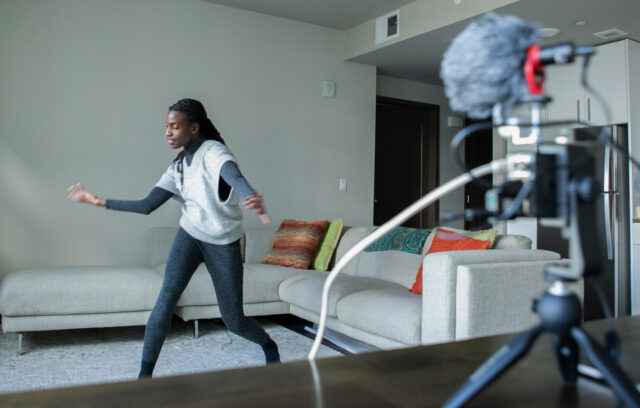How do you characterize the media you work in?
Each project defines the media (technology) I used in my work and experimentations. I based the research on a consciousness built around (or built without regard to) new technologies, considering the existence of an inter-technological consciousness that can be an intentional component of any given technology.
How does your practice engage with technology?
My practice involves technology under the principle that the human body and Humans as Cyborgs were the first mechanisms of colonialism and capitalism. Also, we live in a systemic world, country, and even a systematic art structure. My work engages with technology in the appropriation of content and medium that allows for an exploration of the fundamentals of colonialism. This strategy straddles a cultural mediation between Latin America and North America. If you understand the system, you are able to defeat it somehow and play with it. I find value in the idea that I could somehow dislocate the system and manipulate the design. Of course, this is all based on the reach and scale of the projects.
What was your focus during your time at Eyebeam?
I focused on concepts of knowledge economies, translation, and language. It is necessary to understand the intersection of aesthetics and knowledge as a social phenomenon that coexists in constant state oppression within art structures of colonialism. I am interested in transforming the so-called peripheral materials (knowledge) into the cornerstone of my production.
